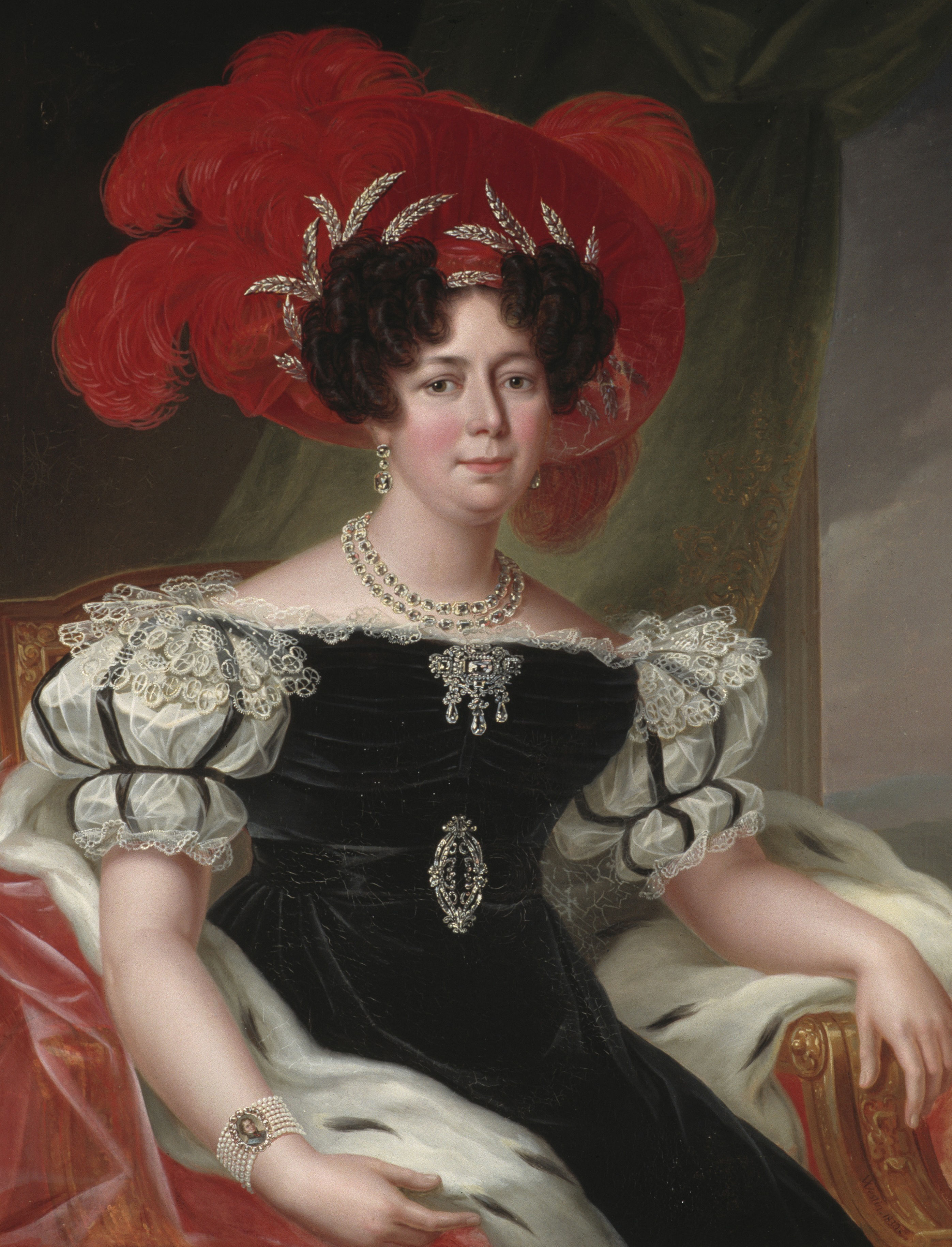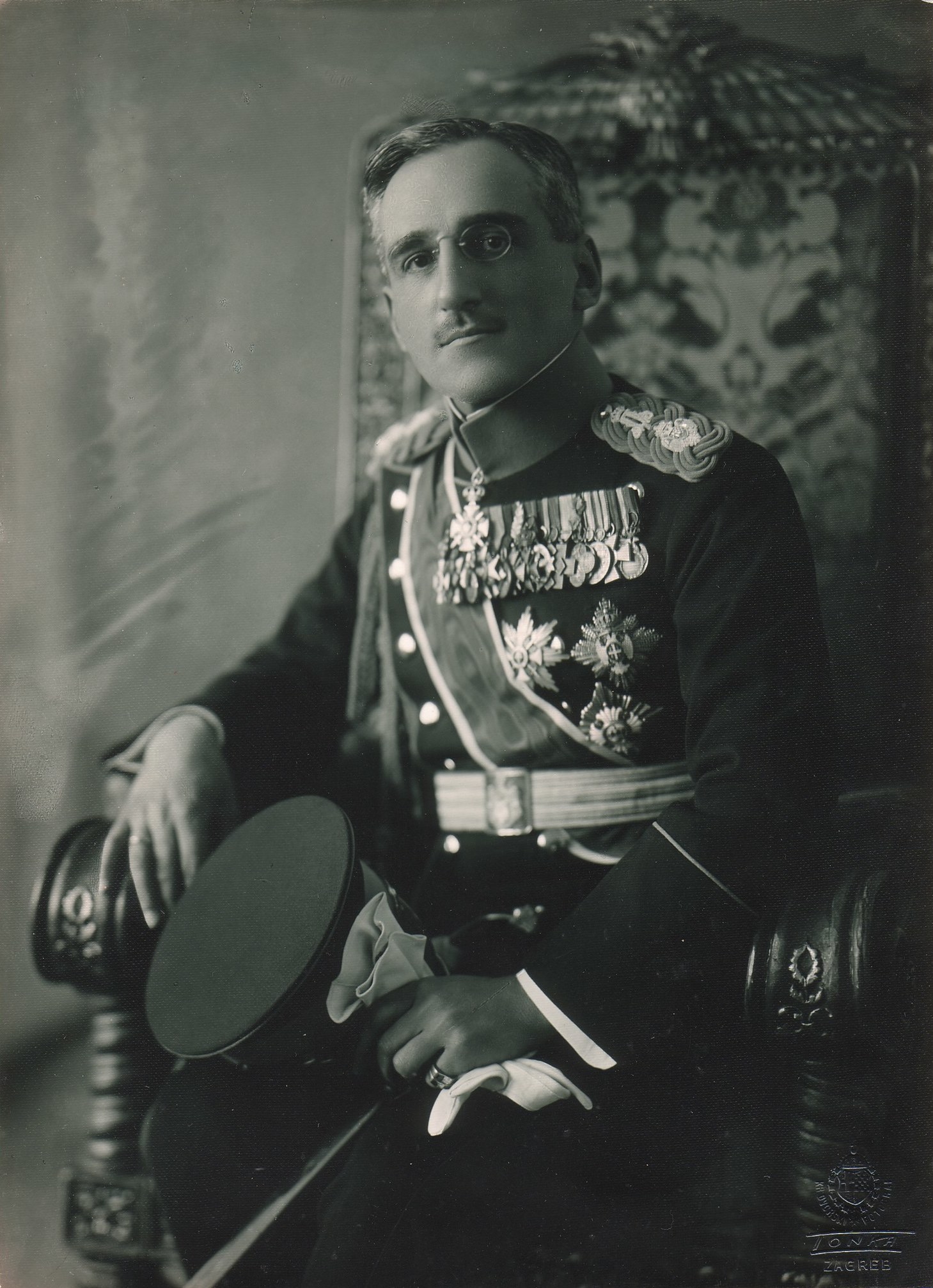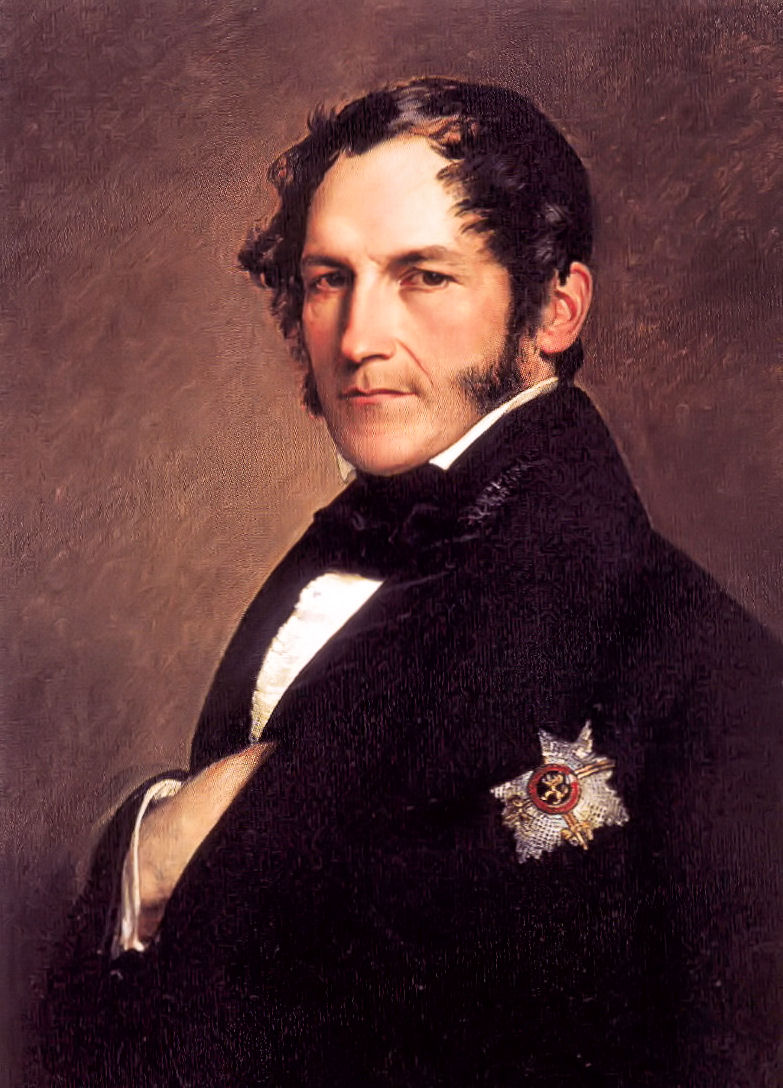© Unofficial Royalty 2024

Queen Christina of Sweden; Credit – Wikipedia
December 18, 1075 – Death of Edith of Wessex, Queen Consort of Edward the Confessor, King of England, at St. Mary’s Abbey in Winchester, England; buried at Westminster Abbey in London, England
Edith was the daughter of Godwin, Earl of Wessex one of the most powerful earls in England. In 1045, Edith married Edward the Confessor, King of England. The marriage was childless and Edward, about twenty years older than Edith, treated her with great respect and endowed her with valuable property all over England. It is possible that Edward had a series of strokes in 1065. He was too ill to attend the dedication of his greatest achievement Westminster Abbey and Edith represented him. Edward the Confessor died several days later, on January 5, 1066. The Witan elected Edith’s brother Harold Godwinson to succeed Edward as King Harold II. However, Edward the Confessor had named William II, Duke of Normandy his successor, so William invaded England. He won the English crown by conquest at the Battle of Hastings in which Edith’s brothers Harold, Gyrth, and Leofwine were killed. The new King William I of England treated Edith with great respect and although she lost some of her dower lands, she remained an important landowner. Edith died at around the age of 50, apparently from a disease that she had suffered from for some time.
Unofficial Royalty: Edith of Wessex, Queen of England
December 18, 1574 – Birth of Maria Anna of Bavaria, Archduchess of Inner Austria, 1st wife of Ferdinand II, Holy Roman Emperor, in Munich, Duchy of Bavaria, now in the German state of Bavaria
Maria Anna of Bavaria was the first wife of Ferdinand II, Holy Roman Emperor. She died before her husband became King of Bohemia, King of Hungary and Croatia, and Holy Roman Emperor, so she held only the title Archduchess of Inner Austria. Maria Anna and Ferdinand had seven children but only four survived childhood. Maria Anna was ill for a long time before she died on March 8, 1616, at the age of forty-one, in Graz, Inner Austria, now in Austria.
Unofficial Royalty: Maria Anna of Bavaria, Archduchess of Inner Austria
December 18, 1577 – Death of Anna of Saxony, the divorced second wife of Willem I, Prince of Orange, at the Palace of the Elector of Saxony in Dresden, Electorate of Saxony, where she was imprisoned because of adultery; buried in the Meissen Cathedral in the Electorate of Saxony, now in Saxony, Germany, in a nameless tomb near her ancestors
Three years after the death of his first wife, Willem I (the Silent), Prince of Orange married Anna of Saxony. The marriage was not happy and Anna and Willem often lived apart. In early 1571, Anna realized she was pregnant. She was accused of adultery, later admitted adultery, and was forced to agree to a divorce. In 1572, Anna was sent to her family in Saxony where they imprisoned her as an adulteress. The windows of her room were walled up and fitted with additional iron bars. A square hole was made in the door through which food and drink were given to her. An iron gate was installed on the outside of the door prohibiting any attempt to escape. Anna died shortly before her 33rd birthday.
Unofficial Royalty: Anna of Saxony, Princess of Orange
December 18, 1626 – Birth of Queen Christina of Sweden at Tre Kronor Castle in Stockholm, Sweden
Considered one of the most learned women of the 17th century, Queen Christina is remembered for refusing to marry, abdicating her throne, converting to Roman Catholicism, living the rest of her life in Rome, and being one of only three women to be interred in the crypt at St. Peter’s Basilica in Rome. Christina is one of three women who have been reigning queens of Sweden. She was the only surviving child of Gustavus II Adolphus the Great, King of Sweden, and succeeded him upon his death when she was only six years old. Born a Lutheran, Christina wanted to convert to Roman Catholicism. Christina’s wish to convert to Roman Catholicism was not the only reason for her abdication. After reigning for twenty years and working at least ten hours a day, Christina had what may be interpreted as a nervous breakdown, or perhaps in more modern terms, she was burned out. She abdicated in 1654 in favor of her cousin Karl X Gustav, King of Sweden, and within a few days, 28-year-old Christina left Sweden. She eventually settled in Rome where she played a prominent role in Rome’s cultural life.
Unofficial Royalty: Queen Christina of Sweden
December 18, 1724 – Birth of Louisa of Great Britain, Queen of Denmark, daughter of King George II of Great Britain and wife of King Frederik V of Denmark, at Leicester House in London, England
In 1743, 19-year-old Louisa married the future King Frederik V of Denmark and Norway, the son and heir of King Christian VI of Denmark and Norway. King Christian hoped that this marriage would cause the British government to support his or his son’s claim to the Swedish throne. Furthermore, the Danish government hoped (incorrectly) that marriage would put a damper on Crown Prince Frederik’s affairs and drunkenness. The couple had five children, got along reasonably well and although Frederik continued his affairs, Louisa pretended not to notice them. Louisa was popular with the Danish people and was interested in music, dance, and theater. The Danish people greatly appreciated Louisa’s efforts to learn and speak Danish and her insistence that her children learn Danish, a rarity in an almost German-language Danish court.
Unofficial Royalty: Louisa of Great Britain, Queen of Denmark
December 18, 1863 – Birth of Archduke Franz Ferdinand of Austria, whose assassination in 1914 sparked World War I, in Graz, Austria
Full name: Franz Ferdinand Carl Ludwig Joseph Maria
Franz Ferdinand was the eldest son of Archduke Karl Ludwig of Austria and his second wife Princess Maria Annunciata of Bourbon-Two Sicilies. Archduke Karl Ludwig’s elder brothers were Franz Joseph, Emperor of Austria and Maximilian, the executed Emperor of Mexico. Franz Ferdinand’s life changed when his first cousin Crown Prince Rudolf died by suicide in 1889. Rudolf, the only son of Emperor Franz Joseph, had no sons so the succession would pass to Emperor Franz Joseph’s brother Archduke Karl Ludwig and his eldest son Archduke Franz Ferdinand. When Karl Ludwig died in 1896, Franz Ferdinand became the heir to his uncle’s throne. Franz Ferdinand fell in love with Countess Sophie Chotek von Chotkow und Wognin. Because Sophie was not a member of a reigning or formerly reigning family, she could not marry a member of the Imperial Family. Emperor Franz Joseph finally agreed to the marriage with the stipulations that Franz Ferdinand would keep his place in the succession but Sophie could never be empress and their children would never have succession rights. Franz Ferdinand and Sophie married in 1900 and had three children.
Unofficial Royalty: Archduke Franz Ferdinand of Austria
December 18, 1941 – Birth of Prince William of Gloucester, son of Prince Henry, Duke of Gloucester, in Barnet, Hertfordshire, England
Full name: William Henry Andrew Frederick
Prince William was the elder of the two sons of Prince Henry, Duke of Gloucester, the third son of King George V, and Lady Alice Montagu Douglas Scott. William attended Magdalene College, Cambridge to read history, graduating with a BA degree in 1963, which was raised to an MA degree in 1968. Following Cambridge, he spent a year at Stanford University in California studying political science, American history, and business. He worked for Lazard, an investment bank, and in the British diplomatic service in Lagos, Nigeria as the third secretary at the British High Commission, and in Tokyo, Japan as the second secretary in the British Embassy. Prince William was a licensed pilot, owned several airplanes, and enjoyed competing in air shows. On August 28, 1972, William planned on competing at the Goodyear International Air Trophy races at Halfpenny Green, near Wolverhampton, England. Sadly, William was killed when his plane crashed during the competition.
Unofficial Royalty: Prince William of Gloucester
This article is the intellectual property of Unofficial Royalty and is NOT TO BE COPIED, EDITED, OR POSTED IN ANY FORM ON ANOTHER WEBSITE under any circumstances. It is permissible to use a link that directs to Unofficial Royalty.








